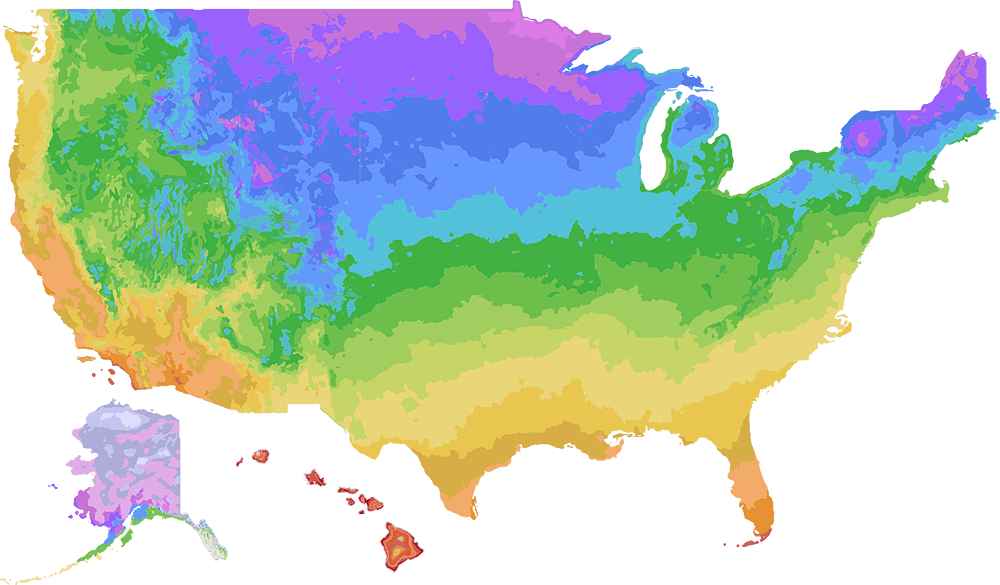Viper™ Kura Kura™ Turtle Back Labisia
Select any icon above to view the complete collection.
Learn more about Proven Winners® leafjoy® houseplants
- Low
- Medium
-
Details
8 - 24 Inches0 -0 -20cm - 61cm0cm0cmFeatures
Named after the Malay word for “tortoise” or the Indonesian word for “turtle” is a unique tropical plant known as ‘Kura Kura’ Labisia. This rare, eye catching specimen has elliptical-shaped, glossy leaves adorned with the patterns and textures of a turtle’s shell. Though an often slow grower, ‘Kura Kura’ will thrive in a warm, high-humidity environment, making it especially well-suited for life under glass.
Adaptable As HouseplantFoliage InterestHarmful To:PetsCharacteristics
Plant Type:HouseplantHeight Category:MediumHeight:8 - 24 Inches 20cm - 61cmFoliage Colors:GreenFoliage Shade:Dark green with light green venation.Habit:UprightContainer Role:ThrillerPlant Needs
Light Requirement:LowLight Requirement:MediumLow - No direct sun, not near a window. Medium - Medium bright indirect light in the AM or PM, typically from an east or west window. High - Bright direct or indirect light for much of the day, typically from a south window.
Maintenance Category:ModeratePreferred Temperature:60 - 85 °FWater Category:AverageHumidity Preference:HighContainer Soil Type:Indoor Potting MixNeeds Good DrainageUses:Humid SpacesUses:Low Light SpacesUses:North Facing WindowsUses Notes:Not for human or animal consumption.
Maintenance Notes:- For optimal performance, keep your Labisia warm in temperatures that are consistently 60-85°F (15-29°C).
- Your Labisia will perform best in bright indirect light, such as within a few feet of a north or east facing window. This medium level of light will keep the leaves from fading or burning in direct sunshine, and also allow for the foliage colors to reach their potential and really pop!
- Labisias appreciate high humidity. To keep humidity at around 60%-70%, you may need to position your Labisia under glass, in a terrarium or vivarium. If your Labisia isn’t receiving sufficient humidity, leaf edges will brown and crisp up.
- Labisias prefer to have moist, but not soggy soil. As such, water when the top inch of soil is dry, but do not allow it to fully dry out or you may notice leaves curling or browning. Leaves may yellow if your Labisia is being overwatered.
- Feed your Labisia once per month at half strength when it is actively growing. Reduce frequency of fertilization in the winter months. If no new leaves are growing, it does not need to be fertilized.
- Protect furniture when watering & fertilizing.
- When repotting your Labisia, use an all-purpose potting mix, with additional orchid bark and perlite added, to ensure it has good drainage and plenty of nutrients.





